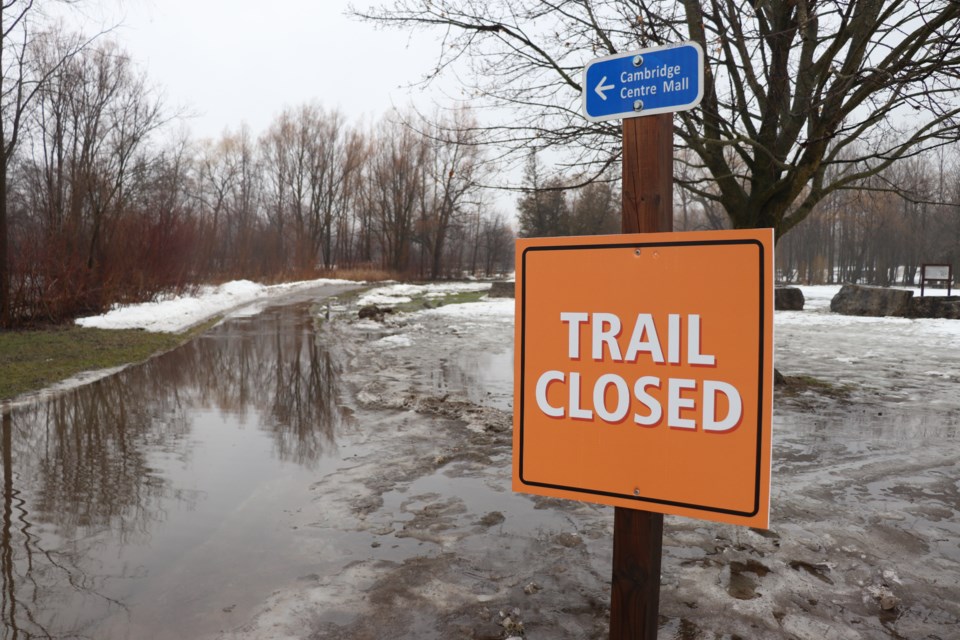This winter has seen a constant back and forth of mild weather followed by freezing ice storms and as we start to move into spring, experts are warning as the temps rise and rain falls, so do the risks around icy rivers, streams and ponds become.
According to Livesaving Society Ontario(LSO), an organization that provides lifeguard training and advocates for water safety, approximately one in three drownings in Canada occur between October and April, when most people have no intention of going into the water.
"These drownings deaths are most likely to occur in lakes and ponds and moving water such as rivers, creeks, and streams," said Stephanie Bakalar, communications for LSO.
At this time of the year, when temperatures start to rise, it can cause safety concerns around waterways.
Some of the most common concerns are falling through weak ice into extremely cold water and slipping from the banks of moving waterways made unstable by melting ice, snow and rapidly rising water levels.
Waterloo regional police encourage people to be extremely cautious around ice at this time of year, which can be unpredictable.
"Please avoid exposed bodies of water and ensure a responsible adult monitors children playing outside who may wander close to water sources like rivers, ponds, streams, or ditches," said Andre Johnson, public information officer for WRPS.
Johnson notes that there have not been any significant calls to police for people falling through ice so far this winter, but the risk still remains if caution is not taken.
Getting out on the ice for one more skate or one more game of pond hockey can be enticing, but Bakalar added that Ontarians should remember that no ice is without risk and looks can be deceiving.
"Even if the ice appears solid, it may not be thick enough to support you," said said.
Activities like hiking or walking through local parks and conservation areas are common pastimes as the freezing temperatures start to break.
Cambridge is home to many trails close to the Grand River and as ice melts and the water level rises, it can create a slipping hazard.
The Grand River Conservation Authority warns against getting close to fast rising waters and ice jams around this time.
An ice jam is caused when ice piles up in a location and block the flow gauges. Water will back up behind the jam and can cause water to spill out of the river and flood surrounding areas.
Cambridge is listed as an area where ice jams have a serious potential to form, causing mass flooding with little to no warning.
Police recommend signing up for Alert Waterloo Region, which will send out a warning for large-scale emergencies such as floods, severe weather, or significant power outages.
GRCA also has a warning system in place to notify the community about flooding.



